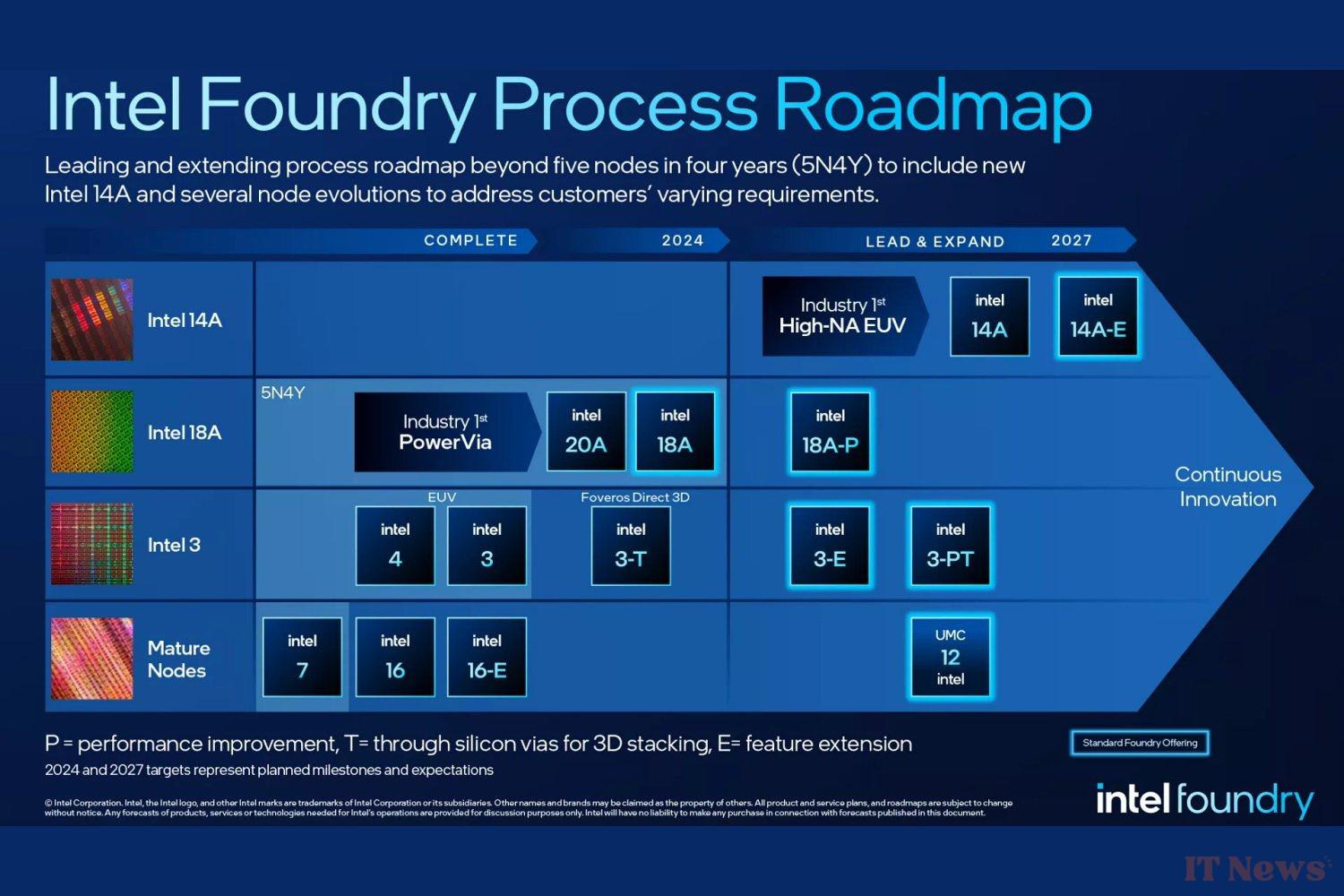Nvidia is a so-called "fabless" company, meaning it doesn't have its own factories to manufacture the graphics chipsets at the heart of the GeForce RTX; it primarily relies on TSMC for this complex task. But rising manufacturing costs, particularly with TSMC's upcoming N2 etching process, are pushing the giant to seek another source of supply and look at competing foundries.
Few of them, however, are capable—or on the verge of being capable—of manufacturing chips with an etching fineness similar to TSMC's 2nm. Two big names generally come up: Samsung Foundry and... Intel. In turmoil for months, the latter is aiming to boost its Intel Foundry division, which is responsible for manufacturing chips for the group's external customers. A godsend for Nvidia, which could benefit from the foundry's ambitions to reposition itself as a key player in semiconductor manufacturing.
Intel's 18A etching process would interest Nvidia
Intel would therefore be on the verge of concluding an agreement with Nvidia for the manufacture of future GPUs intended for gamers. The collaboration between the two industry players is said to involve Intel’s 18A (1.8nm) process, which uses RibbonFET transistors (the foundry’s implementation of Gate-All-Around transistors) to better control current flow and improve performance while reducing leakage currents. Intel’s 18A process also introduces a new way to power these transistors; called PowerVia, this technique separates the power layers from those used for logic signals, potentially improving energy efficiency.
According to Intel, these advancements would allow it to effectively compete with TSMC’s N2 and Samsung Foundry’s SF2 solutions. And if that weren't enough, the manufacturer is also preparing an improved version of its 18A process, more efficient at equal power and less energy-intensive at equal performance.
Industrial and geopolitical factors
Nvidia is heavily dependent on TSMC's manufacturing capabilities and is facing growing demand for its graphics chipsets, exacerbated by Prioritizing chip production for data centers and AI workloads. By outsourcing some of its GPU production to Intel, Nvidia could therefore ease the pressure on TSMC's capacity and potentially better meet gaming market demand.
Relocating some of its production to the United States, thanks to Intel's factories in Arizona, could also prove strategically advantageous for Nvidia in the current political climate. This move could allow it to score points with the American administration, which is encouraging the return of manufacturing to the United States, and thus avoid potential customs duties on products from Taiwan. Using a second supplier like Intel could finally allow Nvidia to diversify its supply chain, reducing its dependence on a single foundry and thus limiting the risks associated with Asian geopolitical tensions.
For Intel, securing a contract with a customer of Nvidia's stature would represent a significant victory for its foundry division and a real vote of confidence in its 18A technology. However, no formal agreement has been announced yet, and such a collaboration is unlikely to materialize for some time anyway; we will therefore probably have to wait until 2026 or 2027 – at the earliest – to hope to discover the first GeForce RTXs with a chip engraved by Intel.
Source: Reuters





0 Comments